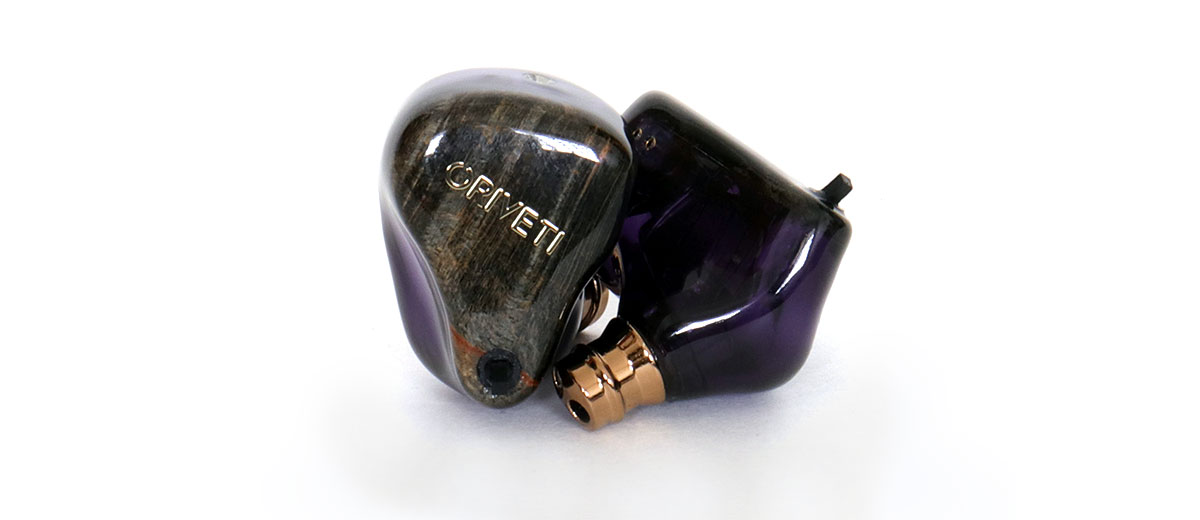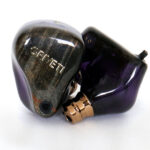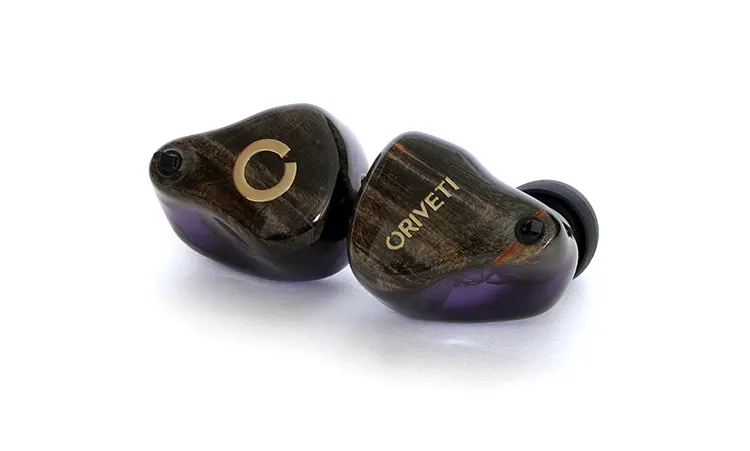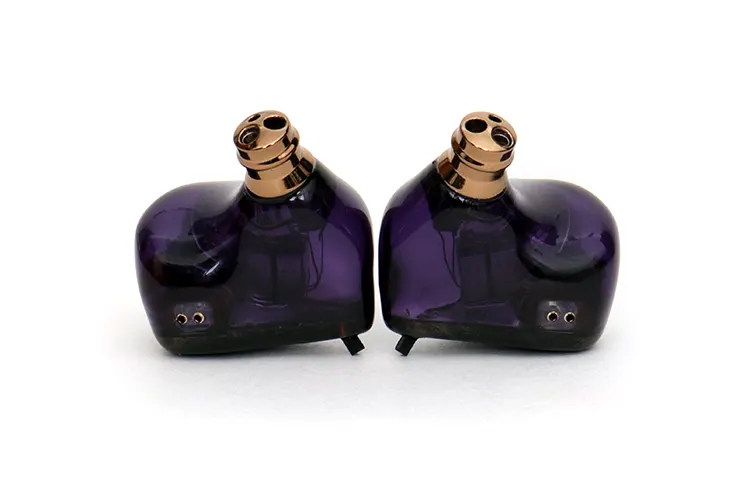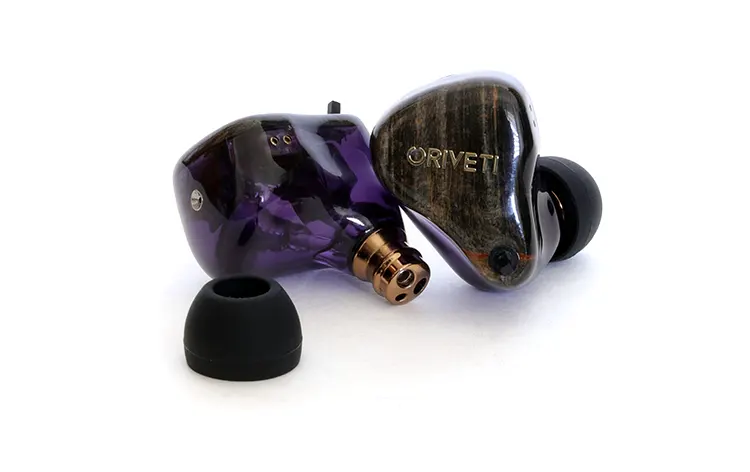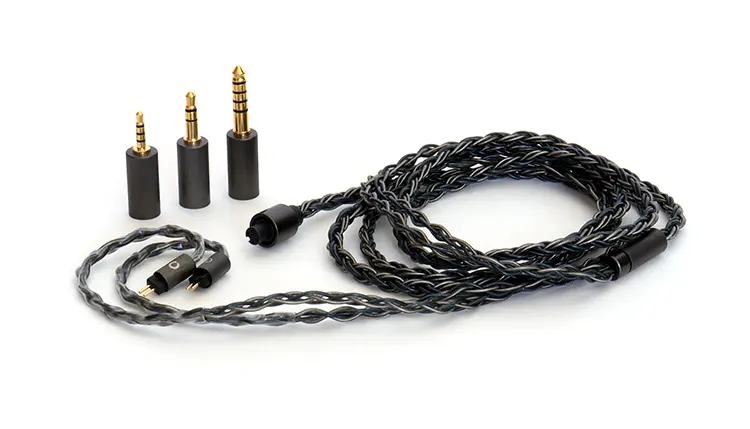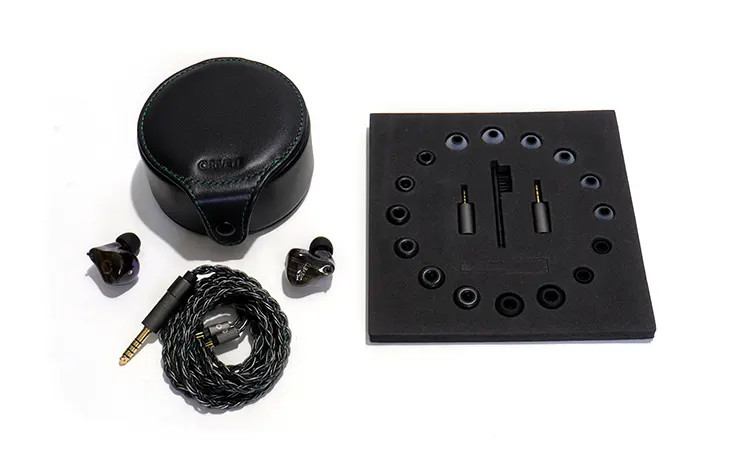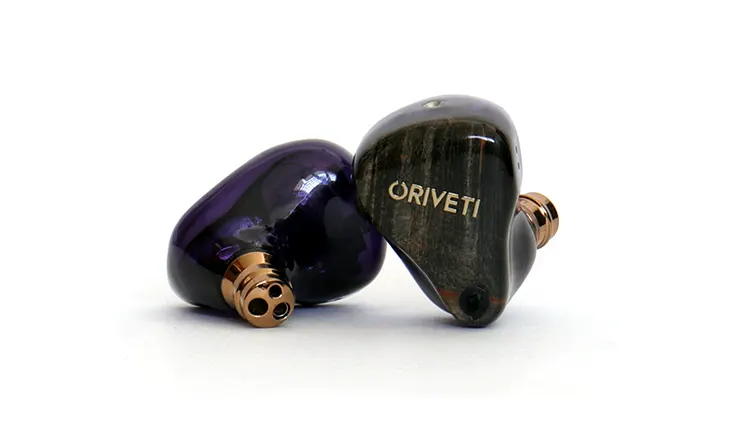In this feature, Louis reviews the $699 ORIVETI OH700VB, which is a hybrid single dynamic and six balanced armature driver universal IEM.
Disclaimer: This sample was sent to me in exchange my our honest opinion. Headfonics is an independent website with no affiliate links or partnerships. I thank the team at ORIVETI for giving me their support.
Click here to read more about the ORIVETI products previously reviewed on Headfonics.
Note, this review follows our current scoring guidelines which you can read in more detail here.
ORIVETI recently launched three new IEMs and so far we’ve covered two, the OD100 and the OD200. We’ve also covered other ORIVETI releases and they can all be found here.
Today I will review the OH700VB, an IEM tagged as their flagship hybrid driver model but also one that is positioned within a very competitive in-ear monitor segment.
In their general price range, you’ll find IEMs like the THIEAUDIO Oracle MKII, the FiiO FX15, and the Kinera URD, to name but a few stellar offerings out there.
The ORIVETI OH700VB’s standout point is that it offers two different tuning options on the fly. Add to that the competitive overall accessories package and you will start to get a sense of what ORIVETI is offering here.
Features
The ORIVETI OV700VB is a hybrid multidriver universal IEM consisting of a single 10mm dynamic and six balanced armature drivers. Two of these balanced armatures are used for the high frequencies and the other four for the mids with the 10mm dynamic driver for the lows.
The OV700VB is measured with a fairly efficient 12Ω impedance rating and an SPL of 112 dB @1kHz giving it an easy-to-drive profile for both DAP and dongle DAC.
Design
The ORIVETI OV700VB’s housing is a universal fit IEM shell composed of a medical-grade resin shell, a stabilized wooden faceplate, and a tuning switch in the corner whose performance we will discuss in more detail on page 2 of this review.
The shell color has a purple hue but I would have preferred a dark grey hue instead which would have struck a better color match with the backplate.
Like most hybrid IEMs, the OV700VB has a vented shell with a recessed metal port on the side to allow the dynamic driver to regulate the internal airflow and ensure the tuning stays on point.
The main output nozzle is terminated with a tubed triple-bore finish which I assume corresponds to the phasing for the three major driver groups inside the shells; dynamic, the quad BA midrange, and the dual tweeter for the highs.
The output nozzles are gold-plated and have a ridge that seems to hold onto whatever tip you install very securely The nozzle also encourages correct tip insertion to ensure enough penetration when inserting into your ear.
Comfort & Isolation
The ORIVETI OH700VB’s universal shell is designed for an average-sized ear which is just my kind of fit so I never had issues with comfort. Sometimes I would even forget I had them on and that’s a good sign.
The medical-grade resin adapts quickly to the ear temperature and never causes any irritation, at least in my case.
What amazed me most was the amount of passive noise isolation these can supply. I often had to take them off to hear anything anyone had to say to me, or anything other peripheral background noise for that matter. They are almost as effective as a set of earplugs for passive isolation.
The immediate benefit of proper passive isolation is an immediate upgrade in focusing capability when listening to music. The con of having so much isolation is that outer awareness is reduced to a very small amount.
Ear Tips
The OH700VB is tip sensitive meaning I could not find the right sonic response with any ear tip set tried outside of the stock tips.
The tips I preferred were the black rubber tips that came pre-installed. I usually prefer black rubber tips over others but you might like others.
The foam tips didn’t fit well on me because of the output nozzle’s structure. I had to settle for an inferior insertion plus the foam tips moved the output ports further away from the ear, decreasing this set’s focus.
The silicon tips didn’t do much for me since they removed some lower bass presence. This made this set sound rather thin and sterile. With the switch in the upper position, these became too bright for my taste.
The best overall sound quality I obtained was with the black rubber tips because the bass was all there, in full body and texture. Plus, the midrange and treble were more in balance with each other, especially with the tuning switches set to the lower position.
Stock Cable
The ORIVETI OH700VB comes with one of the nicest cables I’ve used recently. Not so much for the general quality of the assembly itself but it seems to be almost impervious to picking up any noise when you rub on it. This is a very impressive low-microphonics performer.
Another nice feature is the “push and pull” interchangeable plug system allowing you to change to either a single-ended 3.5mm tip, or two balanced tips including a 4.4mm Pentaconn, or a 2.5mm TRRS.
The assembly seems to be made from OFC cable, hand-braided with eight wires in total with 2-pin 0.78mm dual-pin connectors and a 4-pin socket for the three swappable plugs.
All the barrels seem to be made of aluminum and most pieces carry the ORIVETI branding. I did get a bit of resistance from the chin slider when sizing it up and down the cable’s PVC insulation but otherwise, this is a very pliant stock cable.
Packaging & Accessories
I gave most of the content away in the previous two chapters. The cable, the three cable tips, plus of course, the IEMs. However, there’s more as the advert says.
They also include a decent storage case, nine sets of tips consisting of three foam sets, three silicon tips, and three black rubber tips. There’s also an eyebrow brush inside the box, just kidding. It’s a brush to help you keep the output ports clean.
The box has a top flap and it holds product content on top but there’s also a slide-out portion upfront that holds another box with the rest of the accessories except for the case and IEMs which sit up on top.
It’s a complex box design. All the innards sit inside custom soft foam molds. The only tricky part is getting the foam that holds the tips out of the secondary box without a piece or two falling out. Go slow.
Sound Impressions
Summary
The OH700VB at first sounds non-dramatic. They benefit from some use and break-in time. They’re anti-climactic at first but that becomes one of their strong points in the long run because you put them on, put some tunes on, and get sucked in.
Hours later you realize lots of time passed you by. In other words, they’re an enjoyable listen.
If I can nitpick about anything, it is the fact that they’re unforgiving when it comes to bad recordings. If the recording is a bad one you will immediately notice.
However, good recordings sound engaging, joyful, and exciting. There’s a small bass emphasis in the tuning and this set is not perfectly flat but it has a musical side to it.
The ORIVETI OH700VB is hard to judge because I kept going back and forth on the switch settings.
On some tracks, the brighter signature of the switches in the upper position brought forth lots of detail. However, on the lower position detail was lacking with bass presence increased.
The overall tuning, however, is a fun one. They raise the bar in flexibility since there are two available tuning options accessible on the fly.
This is why they positioned the switch where they did. So, the user can switch up anytime so you don’t have to settle for one particular tuning.
Bass
One of the best characteristics the OH700VB has is the bass response. On the low switch setting, the bass is potent, clean, distinct, and full of body. It’s not the fastest bass response but it’s concise in the notes it produces.
The bass driver hits pretty hard and it’s very effective down to at least 15Hz. There’s plenty of low bass presence and ORIVETI managed to keep the midbass clean which in the case of the OH700VB doesn’t sound bloated and has a medium amount of impactfulness.
There’s more energy in the lower frequencies than within the midbass which seems closer to flat. Impactfulness decreases considerably with the switches in the upper position.
In that tuning position, the bass becomes a tad dry and clinical. It loses the fundamental feeling of the extra amount of body the other setting brings to the table.
Midrange
The OH700VB midrange section produces a familiar-sounding, balanced armature-like tuning that is smooth with a hint of air combined with a small quantity of vitriol and dryness.
The midrange seems a bit forward with the switches in the upper position and is smoother in the lower position. It’s also possible to take them into overload territory especially when the switch is in the upper position.
Overall, they deliver a fairly natural, balanced, and smooth tonality in the lower position. With the tone switch in the upper position, you will get some harsh peaks from bad recordings. However, the setting also increases the perception of detail retrieval.
Treble
I have a small dilemma with the OH700VB treble response because both tuning settings produce impressive highs, but are also a touch dark-sounding, especially on the lower setting.
In the upper setting, they’re brought forth, their presence increases and the perception of detail is enhanced but they become overly bright at times.
The problem is that the setting pushes the midrange forward at the same time as the treble resulting in an overcooked sound signature. The high frequencies also lack top-end extension.
I do have to admit, that the BA tweeters that ORIVETI used are very clean-sounding. However, I did notice some anomalies in a tone sweep test in the upper frequencies, past 10kHz.
Staging and Dynamics
The ORIVETI OH700VB can hit hard when they have to and what I like about their impactfulness is that you can feel them below 20Hz. However, the midbass is a little south of neutral compared to the elevated sub-bass between 80-200Hz.
There’s a good amount of staging depth but it seems there’s an emphasis within the center of the stage with an elevated 1-4k range. In other words, most elements seem to be projected in the center and don’t take a wider stance.
The OH700VB presents the listener with elements that are focused and well-defined. It’s just that they mingle with each other centerstage at times and that causes congestion on complex recordings.
Click on page 2 below for my sound impressions and selected comparisons.

